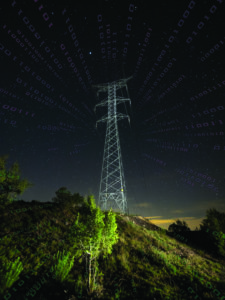
Critical energy infrastructures are mission-critical cyber-physical systems that are targets of persistent cyber-attacks. While introducing new computing technologies and networks in power systems adds new capabilities for monitoring and control, dealing with the vast quantity of diverse devices with unknown trustworthiness and origin that can connect to the network and whose impact on operational reliability is also unknown is a challenge. The threat landscape today is extensive and constantly changing. Impending threats occur in new and unforeseen ways as modern technologies are coupled with legacy infrastructure. We must, therefore, re-envision a unified cyber-aware and physics-aware secure data flow pipeline that extends from end-devices in the field up through the applications in an energy management system in a control center and ultimately back out to provide secure and resilience control.
The goal of this work is to enhance the reliability and resilience of our nation’s critical energy infrastructure. To accomplish this, the main CyPRES project objective is to design and build a secure end-to-end system for managing the energy system, communications, security, and modeling and analytics in a next-generation energy management system. Specifically, we take a data-fusion approach rooted in cyber-physical system modeling, augmented with real-time cyber and physical data sources, to identify risks and recommend countermeasures before consequence occurs. We aim to create this new system to by conducting research to answer the following questions:
- Can we redesign a next-generation energy management system to be intrinsically cyber-physical and secure, such that the system can detect malicious and abnormal events through the fusion of cyber and physical data?
- How can this new system facilitate online and automated control actions that couple cyber and physical control spaces?
- How will this new world differ from how energy management systems in the energy sector are designed, deployed, and operated today?”
